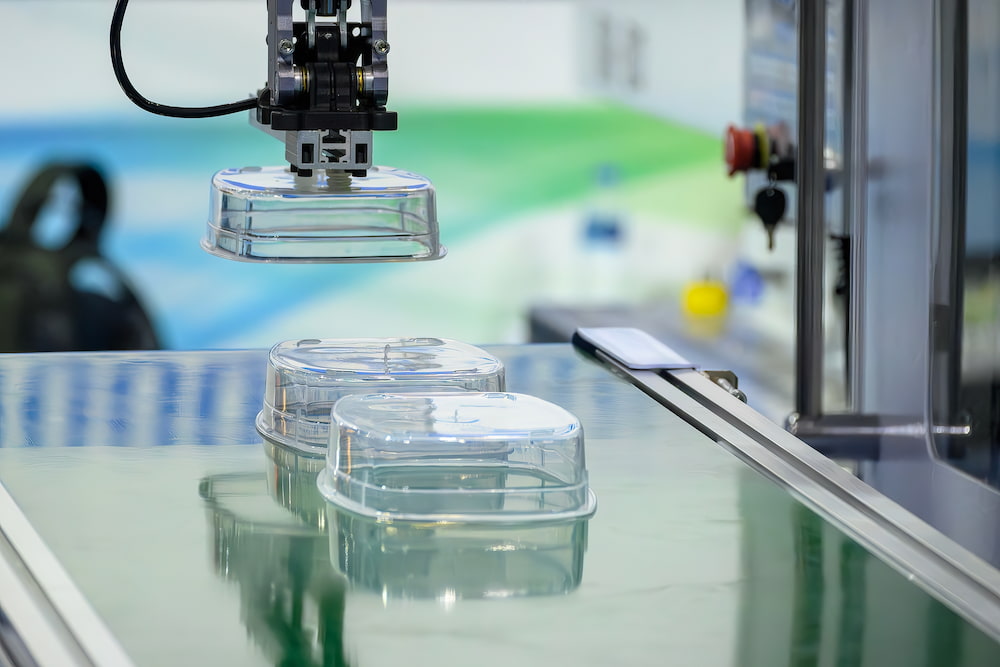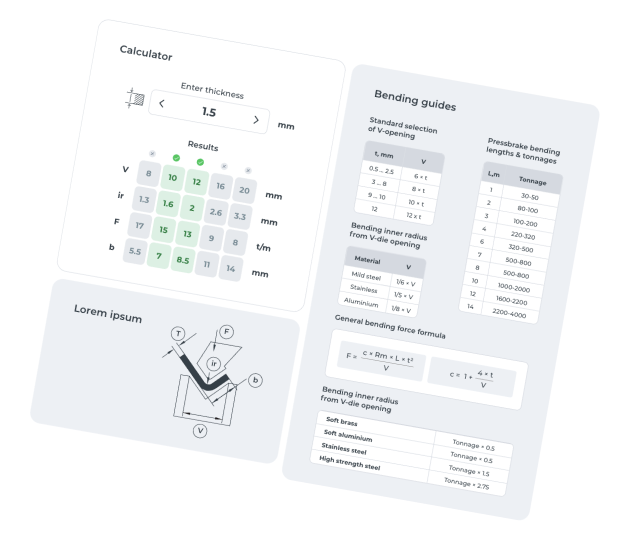There are over 90,000 types of plastic injection moulding feed materials, presenting a vast array of options that can make it challenging to identify the ideal one for a specific application. Injection moulding service providers frequently encounter issues when clients select incompatible plastic materials, often needing to suggest more suitable alternatives. Choosing the right resin is crucial for achieving cost-effectiveness, high material efficiency, optimal product performance, and compatibility with mass production requirements.
These tens of thousands of plastics can be categorised into approximately 45 polymer families. More broadly, they’re typically divided into two major categories: thermoplastic and thermosetting polymers, used across different injection moulding processes. Thermoplastic polymers are reusable, while thermosetting polymers are intended for single-use applications.
In this article, we’ll explore 13 of the most common plastics widely utilised in the injection moulding process:
-
Acrylonitrile butadiene styrene (ABS)
-
Polymethyl methacrylate (PMMA)
-
Polyoxymethylene (POM)
-
Polycarbonate (PC)
-
High-density polyethylene (HDPE)
-
Low-density polyethylene (LDPE)
-
General-purpose polystyrene (GPPS)
-
High impact polystyrene (HIPS)
-
Polyphthalamide (PPA)
-
Polypropylene (PP)
-
Polybutylene terephthalate (PBT)
-
Polyethylene terephthalate (PET)
-
Polyvinyl chloride (PVC)
Before we proceed, let’s revisit the concept of the resin identification code and its significance.
Resin Identification Code
Resin Identification Code (RIC) is a numerical system ranging from 1 to 7, located at the bottom of plastic products. This code simplifies the recycling process by identifying the type of resin used in the plastic product, which is crucial since not all plastics are equally recyclable. For example, while polypropylene is 100% recyclable, polyvinyl chloride (PVC) is not commonly recycled.
The RIC number was initially enclosed within the familiar recycling symbol (three arrows forming a triangle), which led to some confusion among consumers. Over time, the arrows have been replaced by a solid triangle to avoid this ambiguity, although the original design can still be found on some products even today.
The codes 1 to 7 correspond to the following types of plastics:
-
1: Polyethylene terephthalate (PET or PETE)
-
2: High-density polyethylene (HDPE)
-
3: Polyvinyl chloride (PVC)
-
4: Low-density polyethylene (LDPE)
-
5: Polypropylene (PP)
-
6: Polystyrene (PS)
-
7: Other plastics, such as acrylic, nylon and polycarbonate (PC)
We will cover these and other common plastics in detail throughout this article. Let’s begin by exploring acrylonitrile butadiene styrene (ABS).
Acrylonitrile Butadiene Styrene (ABS)

Acrylonitrile butadiene styrene (ABS) is a thermoplastic known for its exceptional blend of mechanical properties, including toughness, chemical resistance, impact resistance, and moderate heat resistance. Its high mechanical toughness imparts desirable characteristics such as strength, durability, and dimensional stability. Additionally, ABS is biocompatible, further increasing its versatility. These attributes have established ABS as one of the most widely used materials in plastic injection moulding.
ABS is an opaque polymer that can be easily dyed. It’s cost-effective and recyclable, which helps reduce expenses associated with raw materials. Moreover, ABS is straightforward to machine. The combination of these properties makes it ideal for a diverse set of industries.
However, ABS does have certain limitations. It’s unsuitable for high-temperature applications due to its low glass transition temperature. Additionally, prolonged exposure to harsh weather conditions can cause ABS to become brittle and discoloured over time. Its relatively low dielectric strength limits its use in certain electrical components, and the material is also flammable, has a low melting point, and exhibits limited resistance to solvents.
Performance of ABS in outdoor environments can be enhanced by incorporating carbon black and UV stabilisers. Similarly, ABS products can be made fire-resistant by adding flame-retardant additives or by blending them with PVC.
ABS is ideal for indoor applications such as toys, containers, consumer devices, keyboards, musical instruments, phone cases, cosmetic packaging, and pipes and fittings. It is also widely used in outdoor applications, including automotive parts, car bumpers, dashboards, safety helmets, and luggage.
Polymethyl Methacrylate (PMMA)

Polymethyl methacrylate (PMMA), commonly known as acrylic or acrylic glass, is a transparent thermoplastic primarily used as an alternative to glass.
PMMA has a light transmittance rate of 92%, higher than that of standard glass, and offers ten times greater impact resistance. Additionally, it weighs roughly half as much as glass, making it more manageable and safer due to its reduced risk of breakage. Polycarbonate is another common glass substitute, but PMMA has superior scratch resistance compared to polycarbonate, though it remains less scratch-resistant than glass.
Compared to many other polymers, PMMA demonstrates greater resistance to chemicals, UV radiation, and weathering. This combination makes it ideal for outdoor applications requiring prolonged exposure to the elements. Additionally, PMMA is recyclable, biocompatible, non-biodegradable, and resistant to yellowing over time.
However, PMMA does have certain limitations. It is less impact-resistant compared to some alternative plastic materials. Its heat resistance is also limited, becoming vulnerable at temperatures above 80 °C. Additionally, it is susceptible to organic solvents, lacks strong abrasion and wear resistance, and may crack under lower mechanical loads.
Thanks to its excellent optical properties, PMMA is ideal for transparent applications such as LED lenses, car windows, light shades, household lighting covers, and protective shields. It is also suitable for various non-transparent applications, including dentures, bone replacements, light pipes, signage, optical fibres, decorative items, and safety equipment.
Polyoxymethylene (POM)
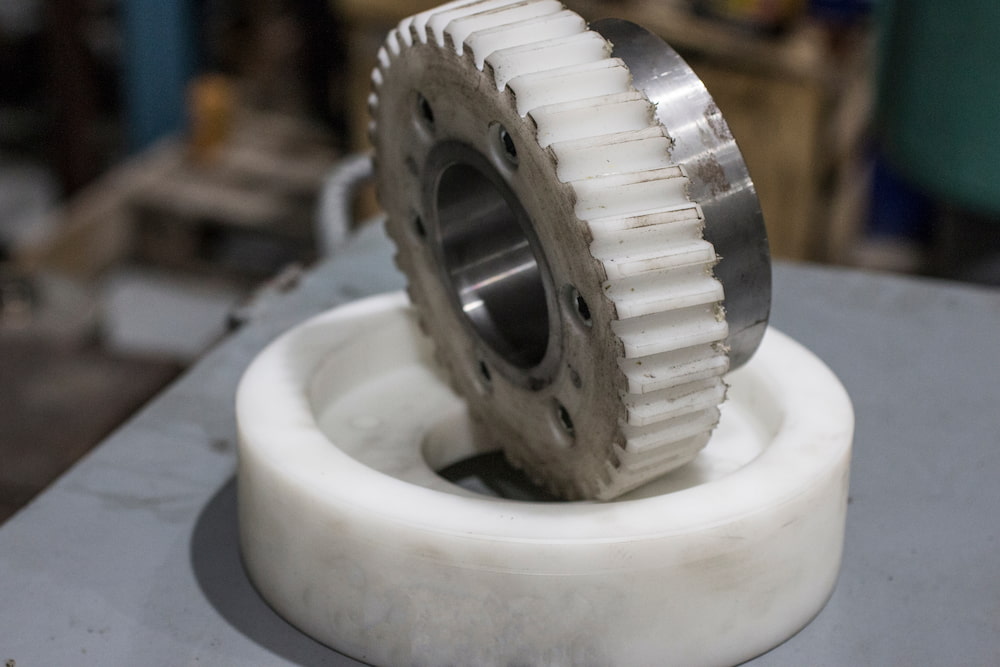
Polyoxymethylene (POM), also referred to as acetal or polyacetal, is a semi-crystalline thermoplastic material possessing excellent mechanical properties, making it suitable for applications subjected to high forces. It is frequently used as a metal substitute in high-precision engineering components.
Some favourable properties of POM include high strength, excellent lubricity, low friction, high dimensional stability, generally good chemical resistance, increased fatigue strength, high toughness, significant rigidity, good abrasion resistance, and low creep.
POM has a relatively broad service temperature range, from -40 °C to 140 °C. However, it becomes brittle at lower temperatures and can outgas at higher temperatures, releasing by-products such as water vapour, gases, and oils.
Other disadvantages of POM include its susceptibility to stress cracking, high material cost, potential discoloration, flammability, thermal degradation, low UV resistance, moisture absorption, and limited resistance to certain chemicals.
POM is ideal for applications requiring stiffness, strength, and high wear resistance. Common applications include engineering components such as gears, cams, bushings, bearings, impellers, automotive parts, zippers, water pipes, battery compartments, sockets, and industrial machinery.
However, it’s useful to keep in mind that when tolerances are critical, CNC‑machined POM parts (Delrin, etc) outperform most moulded options.
Polycarbonate (PC)

Polycarbonate (PC) is a widely used plastic injection moulding material, primarily due to its ability to achieve tight tolerances and maintain dimensional stability. It offers excellent optical clarity, making it ideal for applications such as lenses, lighting, and other transparent uses. Additionally, it possesses a relatively high melting point, distinguishing it from other plastics on this list.
PC exhibits excellent mechanical properties, including high strength, impact resistance, good heat resistance, electrical insulation, weathering and radiation resistance, lightweight characteristics, and low flammability.
However, it has limited chemical resistance, particularly to certain solvents and petrochemicals. While PC can filter UV light, prolonged exposure causes it to turn yellow. Additionally, the material is susceptible to scratching.
Polycarbonate is widely utilised in the production of lenses, automotive headlights, sunroofs, greenhouse panels, medical devices, food containers, water bottles, bulletproof glass, casings for consumer electronics, and outdoor signage. It is also extensively employed in protective gear, including face shields, safety goggles, and helmets.
High-Density Polyethylene (HDPE)

High-density polyethylene (HDPE) is a denser variant of polyethylene, identified by the resin identification code 2.
HDPE is a thermoplastic compound with excellent mechanical properties, including high tensile strength, high toughness, impermeability, strong chemical resistance, high impact resistance, and electrical insulation. It also offers a broad service temperature range (-40 °C to +90 °C) and demonstrates excellent low-temperature resistance. Additionally, HDPE is dimensionally stable, cost-effective, recyclable, and exhibits low moisture absorption.
However, it has certain limitations, including high thermal expansion, flammability, poor weather resistance, and susceptibility to stress cracking.
The combination of properties makes HDPE a suitable choice for applications such as insulation cables, shampoo bottles, cutting boards, and piping. Beyond household items, HDPE is also employed in plastic surgery (skeletal and facial reconstructions), as well as in wood-plastic composites, snowboards, and other low-temperature applications.
- Personal account manager
- Quality assurance
- Payment terms for companies
- On-time delivery by Fractory
Low-Density Polyethylene (LDPE)
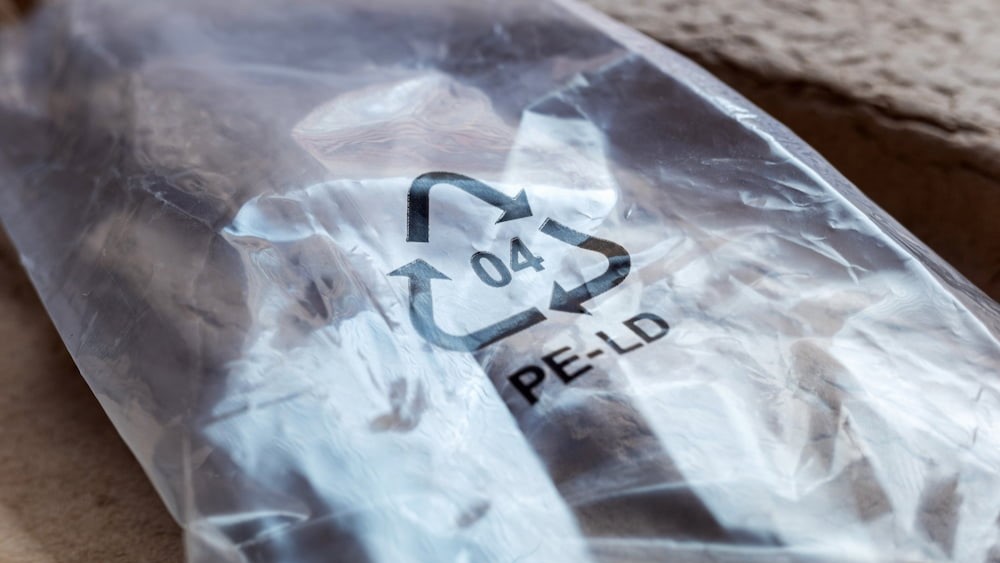
Low-density polyethylene (LDPE) is the lighter, more flexible variant of polyethylene, identified by resin identification code 4.
LDPE is a soft, lightweight, and flexible thermoplastic polymer primarily used to manufacture pipes and storage containers such as plastic bags and dispensing bottles.
Compared to HDPE, LDPE is more flexible and has a lower melting point. It is also chemically resistant, making it an ideal choice for applications involving exposure to harsh chemicals. LDPE is cost-effective and recyclable, demonstrates excellent electrical insulation properties and good moisture resistance.
However, LDPE lacks high strength, experiencing plastic deformation under relatively low forces compared to other injection moulding plastics. Additional limitations include high flammability, significant thermal expansion, lower maximum service temperature, and poor UV resistance.
LDPE is commonly used in the production of shrink wrap, containers, squeeze bottles, plastic bags, tubing, trash can liners, bubble wrap, and plastic parts for computers.
General Purpose Polystyrene (GPPS)
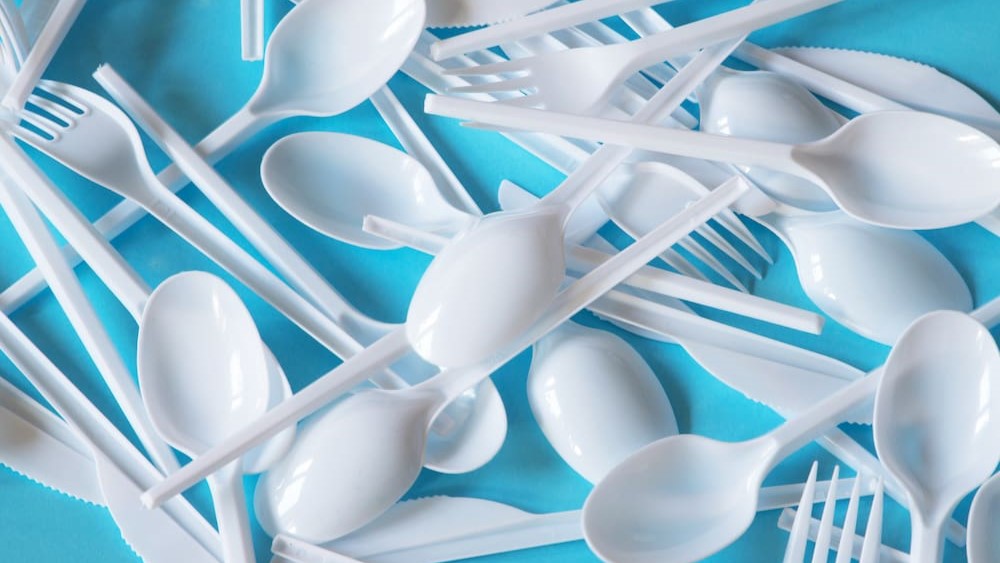
Polystyrene (PS), commonly referred to as general-purpose polystyrene (GPPS), is a widely used thermoplastic with a resin identification code of 6. Its advantageous properties include transparency, rigidity, precise dimensional control, and excellent mouldability.
GPPS products exhibit exceptional mechanical and electrical properties, along with an appealing colour and appearance. Additionally, its ease of processing makes moulding highly efficient.
Key disadvantages include fragility at room temperature, poor high-temperature resistance, high flammability, and inadequate chemical resistance—particularly against organic solvents. GPPS is also sensitive to ultraviolet radiation due to its susceptibility to optical oxidation.
GPPS is suitable for manufacturing intricate shapes, making it ideal for producing toys, figurines, various novelty items, large-sized and thin-walled automotive parts (e.g., dashboard panels), and transparent medical products such as syringes, vials and test tubes. Additionally, GPPS is used extensively for household items such as disposable cups, dishes, CD cases, picture frames, plastic cutlery, and lunch containers.
High Impact Polystyrene (HIPS)
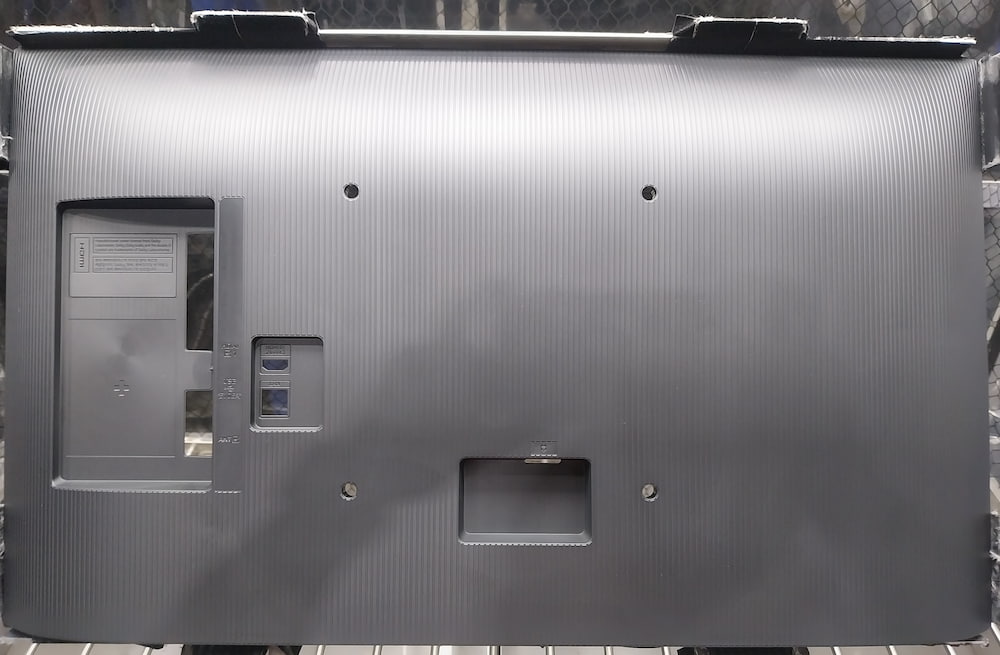
High impact polystyrene (HIPS) is produced by incorporating rubber additives into general-purpose polystyrene (GPPS) to enhance its flexibility and impact resistance. HIPS is easy to process, highly customisable, complies with food-grade standards, and remains cost-effective.
The compound is rigid and displays good dimensional stability. Additionally, HIPS is fully recyclable, although the recycling process itself can be inefficient. Other disadvantages include high flammability and poor resistance to chemicals, particularly organic solvents.
HIPS is commonly used to manufacture point-of-purchase (POP) displays, signage, bike helmets, compact appliances, televisions, toys, bicycle components, and automotive parts such as instrument panels and gas tanks. In the food industry, it’s utilised in packaging including disposable trays, coffee cups, and yogurt containers. Additionally, HIPS is employed in printing, graphics, prototyping, and tooling applications.
Polyphthalamide (PPA)
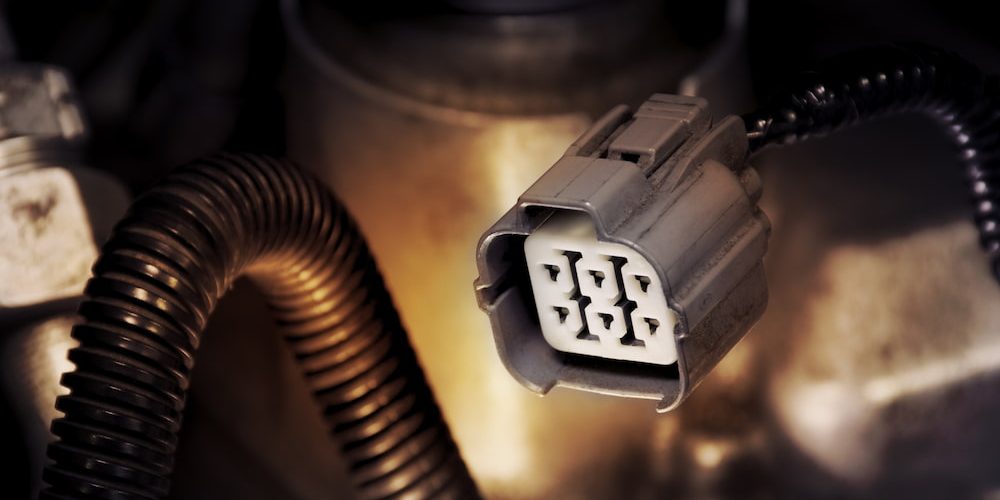
Polyphthalamide (PPA) is a thermoplastic polymer known for its high heat resistance and is used in high-performance applications, often as a metal replacement.
Notable properties of PPA include high impact strength, good dimensional stability, extreme temperature resistance, low creep and moisture absorption, high stiffness, flame resistance, and fatigue resistance. It is also fully recyclable, adding to its appeal in modern manufacturing.
However, PPA requires high processing temperatures and specialised drying equipment, which can increase production complexity. It is also more expensive than many other plastics and is sensitive to certain chemicals, including acetic acid, formic acid, and mineral acids.
Thanks to its high strength-to-weight ratio, PPA is widely used in weight-sensitive industries like automotive and aerospace. In cars, it’s used for components such as pump wear rings, cutoff valves, thermostat housings, air coolers, and LED headlights. In aviation, applications include structural parts, wiring systems, fuel lines, bushings, and bearing pads. PPA is also employed in industrial, medical, and consumer applications, including high-temperature electrical connectors, gas supply lines, catheters, coffee machines, hot water pipelines, and bristles for toothbrushes and hairbrushes.
Polypropylene (PP)
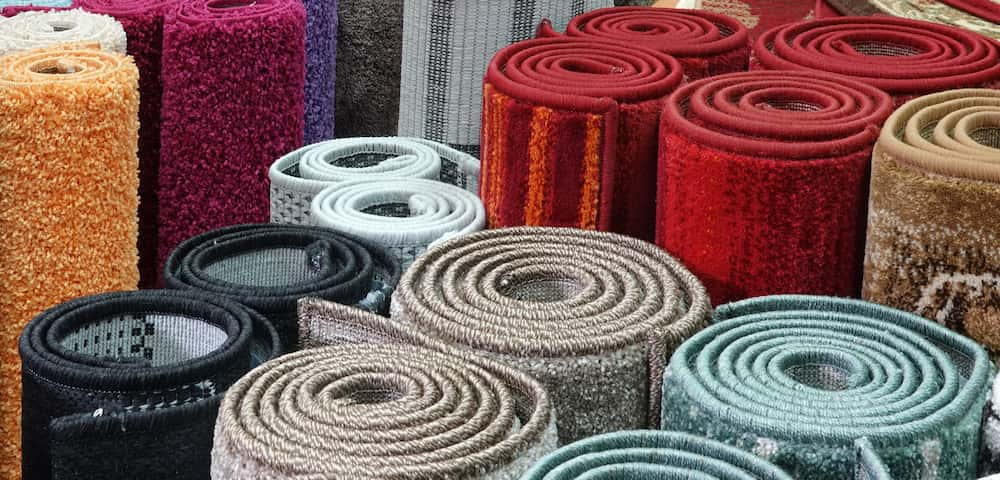
Polypropylene (PP) is the second most widely used thermoplastic polymer globally and is identified by the resin identification code 5. This material retains its properties at elevated temperatures and high humidity, making it well-suited for demanding applications such as mooring ropes.
Key strengths of polypropylene include high tensile strength, high impact resistance, excellent water repellency, and resistance to environmental stress cracking. These properties can be further enhanced with additives. Additionally, polypropylene is 100% recyclable.
Despite its versatility, PP has several limitations, including flammability, UV degradation, embrittlement below -20 °C, a low upper service temperature (90–120 °C), poor paint adhesion, and susceptibility to scratches.
Because of its lightweight and adaptable nature, PP is used across industries including automotive, medical, textiles, construction, energy, and packaging. Typical products made from polypropylene include battery cases, bumpers, fender liners, medical lab equipment, carpets, piping, insulation wraps, siding, upholstery, and packaging materials.
Polybutylene Terephthalate (PBT)

Polybutylene terephthalate (PBT) is a strong and stiff thermoplastic polymer popular for its very good electrical properties.
PBT is durable, heat-resistant (up to 150 °C), and offers better impact resistance and a lower glass transition temperature than PET, despite their similar structures. It also shows strong resistance to solvents, oils, greases, and various chemicals, while providing protection against UV rays and chlorine.
However, PBT can be prone to warping due to stress imbalances and differential shrinkage, particularly in large or complex parts. It is also flammable, although it can be treated with flame retardants. PBT tends to be more expensive than alternatives like polyethylene (PE) or polypropylene (PP).
Thanks to its reliability in high-performance environments, PBT is commonly used in electrical circuits, such as housings, plug connectors, and fuse boxes. In the automotive sector, PBT is found in fuel system components, cowl vents, mirror housings, fans, connectors, and sensors. Its resistance to chlorine and UV makes it suitable for swimwear fabrics as well.
Polyethylene Terephthalate (PET or PETE)
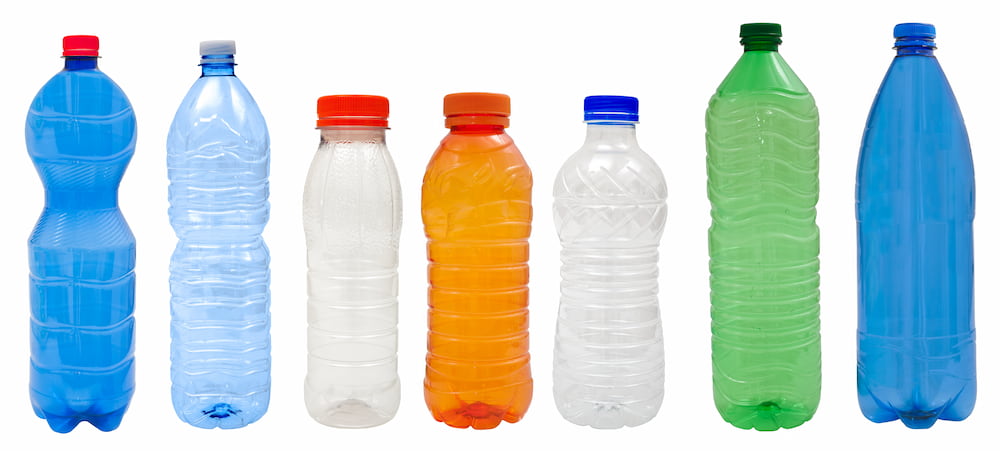
PET is the most widely used plastic globally, especially for food and beverage containers. It’s also among the most recycled plastics due to an efficient and scalable recycling process. PET carries the resin identification code 1.
PET is transparent, strong, and flexible, with a high strength-to-weight ratio—the reason plastic bottles typically don’t crack when dropped. It has very low moisture absorption, excellent chemical resistance, and durability, making it ideal for packaging and storage.
However, PET has limitations such as poor heat tolerance, non-biodegradability, and susceptibility to oxidation.
Applications of PET include plastic bottles, food containers, housings, bags, clothing, components for electrical appliances, antimicrobial films, 3D printing filament, gas cylinder linings, and microfibre towels.
Polyvinyl Chloride (PVC)
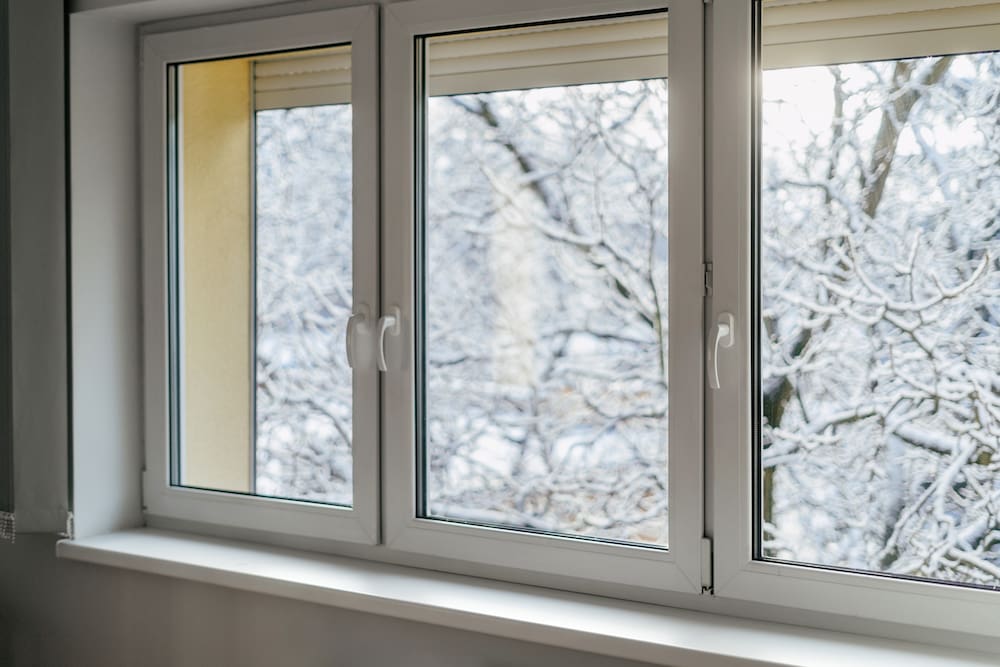
Polyvinyl chloride, commonly known as PVC, is a thermoplastic polymer, ranked as the third most widely used plastic, following polypropylene (PP) and polyethylene terephthalate (PET). It’s identified by resin code 3.
It is naturally white and brittle. PVC exists in two forms: rigid and flexible. The flexible form is created by adding plasticisers such as phthalates. Key advantages of PVC include low cost, high density, excellent impact resistance, high tensile strength, and chemical resistance, particularly to alkalis.
However, PVC suffers from poor heat tolerance and releases toxic fume emissions when melted, making it difficult to recycle and non-biodegradable.
Rigid PVC is commonly used in construction, for piping, window frames, flooring, and safety helmets. Flexible PVC is more widely used and appears in plumbing, electrical insulation, and cable sheathing. Other applications include raincoats, credit cards, shoes, bicycles, refrigerator components, and inflatable products, thanks to its strength and ability to fold for compact storage.
To Sum It Up
Choosing the right materials for injection moulding projects is not just about meeting technical requirements; it’s also about aligning with production constraints, environmental factors, and end-use expectations. Each polymer offers a unique set of properties, from impact resistance and thermal stability to chemical compatibility and recyclability. And let’s not forget metal injection moulding, which adds another layer of complexity into the material selection process.
Whether it’s selecting ABS for durable consumer products, PET for food-grade packaging, or PPA for high-performance automotive parts, a well-informed decision can significantly improve product quality, reduce waste, and streamline manufacturing.
By understanding the characteristics and trade-offs of common injection moulding plastics, engineers and procurement professionals can make better choices that directly impact the success of their designs and production processes.


